PICOLINIC ACID N-OXIDE
- CAS NO.:824-40-8
- Empirical Formula: C6H5NO3
- Molecular Weight: 139.11
- MDL number: MFCD00006198
- EINECS: 212-528-0
- SAFETY DATA SHEET (SDS)
- Update Date: 2025-07-16 09:55:37
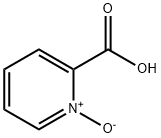
What is PICOLINIC ACID N-OXIDE?
Chemical properties
WHITE TO LIGHT BEIGE CRYSTALS
Definition
ChEBI: Picolinic acid N-oxide is a member of pyridines and an aromatic carboxylic acid.
Properties of PICOLINIC ACID N-OXIDE
| Melting point: | 162 °C (dec.)(lit.) |
| Boiling point: | 255.04°C (rough estimate) |
| Density | 1.4429 (rough estimate) |
| refractive index | 1.5423 (estimate) |
| pka | 1.57±0.50(Predicted) |
| form | Crystals or Crystalline Powder |
| color | White to beige |
| CAS DataBase Reference | 824-40-8(CAS DataBase Reference) |
Safety information for PICOLINIC ACID N-OXIDE
| Signal word | Warning |
| Pictogram(s) |
 Exclamation Mark Irritant GHS07 |
| GHS Hazard Statements |
H315:Skin corrosion/irritation H319:Serious eye damage/eye irritation H335:Specific target organ toxicity, single exposure;Respiratory tract irritation |
| Precautionary Statement Codes |
P261:Avoid breathing dust/fume/gas/mist/vapours/spray. P264:Wash hands thoroughly after handling. P264:Wash skin thouroughly after handling. P271:Use only outdoors or in a well-ventilated area. P280:Wear protective gloves/protective clothing/eye protection/face protection. P302+P352:IF ON SKIN: wash with plenty of soap and water. P305+P351+P338:IF IN EYES: Rinse cautiously with water for several minutes. Remove contact lenses, if present and easy to do. Continuerinsing. |
Computed Descriptors for PICOLINIC ACID N-OXIDE
PICOLINIC ACID N-OXIDE manufacturer
New Products
4,4-Difluoropiperidine hydrochloride tert-butyl 9-methoxy-3-azaspiro[5.5]undecane-3-carboxylate Indole Methyl Resin N-Isopropylurea N,N-Dicyclohexylcarbodiimide(DCC) MELDRUMS ACID 5-METHYLISOXAZOLE-4-CARBOXYLIC ACID Magnessium Bis glycinate Zinc ascorbate 1-bromo-2-butyne 2-acetamidophenol 9(10H)-anthracenone Erythrosin B, 4-Piperidinopiperidine 2-((4-morpholinophenylamino) (methylthio) methylene) malononitrile 2,4-dihydroxybenzaldehyde 3-(4-morpholinophenylamino)-5-amino-1H-pyrazole-4-carbonitrile Methyl 2-methylquinoline-6-carboxylate 2,6-dichloro-4-nitropyridine 4-Bromo-2-chlorobenzonitrile 2-(benzylamino)acetic acid hydrochloride 4-(tert-Butoxycarbonylamino)but- 2-ynoic acid 3,4-dihydro-2H-benzo[b][1,4]dioxepine 1-Phenyl-1-cycloprppanecarboxylicacidRelated products of tetrahydrofuran

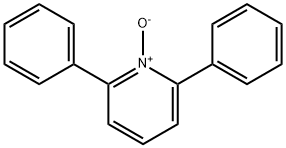
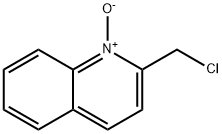
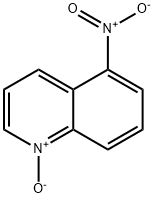

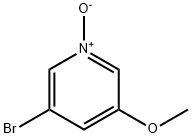

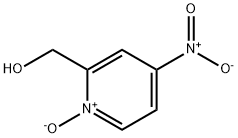
You may like
-
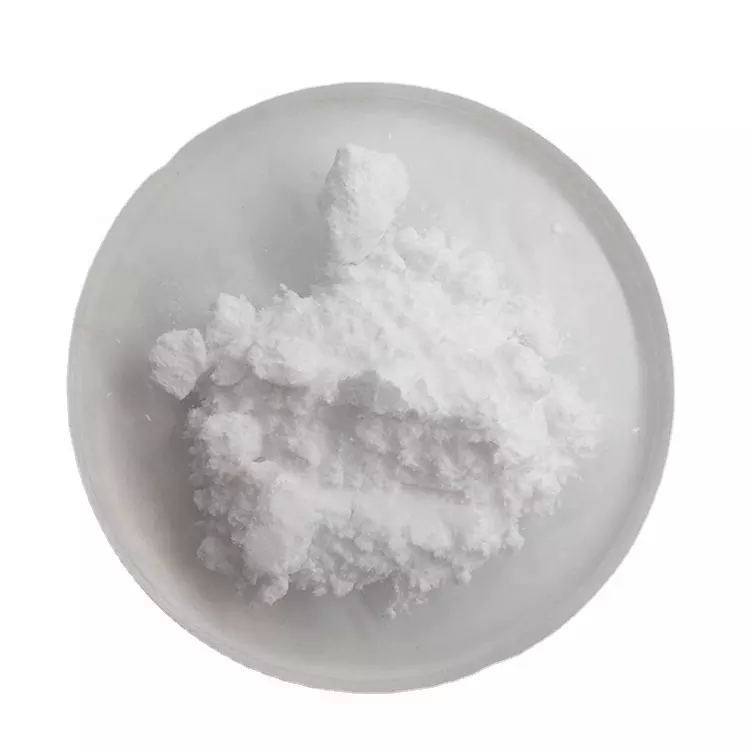 824-40-8 99%View Details
824-40-8 99%View Details
824-40-8 -
 Picolinic acid N-oxide 98%View Details
Picolinic acid N-oxide 98%View Details
824-40-8 -
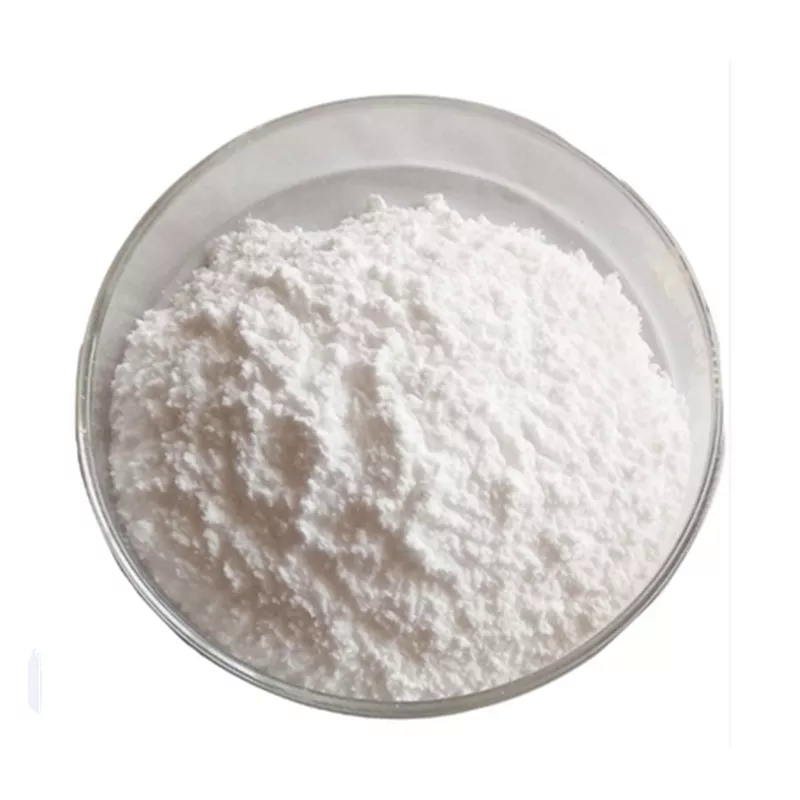 2-PICOLINIC ACID –N-OXIDE 824-40-8 99%View Details
2-PICOLINIC ACID –N-OXIDE 824-40-8 99%View Details
824-40-8 -
 ALPHA-Picolinic acid-N-oxide 98%View Details
ALPHA-Picolinic acid-N-oxide 98%View Details -
 824-40-8 98%View Details
824-40-8 98%View Details
824-40-8 -
 824-40-8 98%View Details
824-40-8 98%View Details
824-40-8 -
 Picolinic acid n-oxide 95% CAS 824-40-8View Details
Picolinic acid n-oxide 95% CAS 824-40-8View Details
824-40-8 -
 2-Picolinic acid N-oxide 98%View Details
2-Picolinic acid N-oxide 98%View Details
824-40-8
Statement: All products displayed on this website are only used for non medical purposes such as industrial applications or scientific research, and cannot be used for clinical diagnosis or treatment of humans or animals. They are not medicinal or edible.
